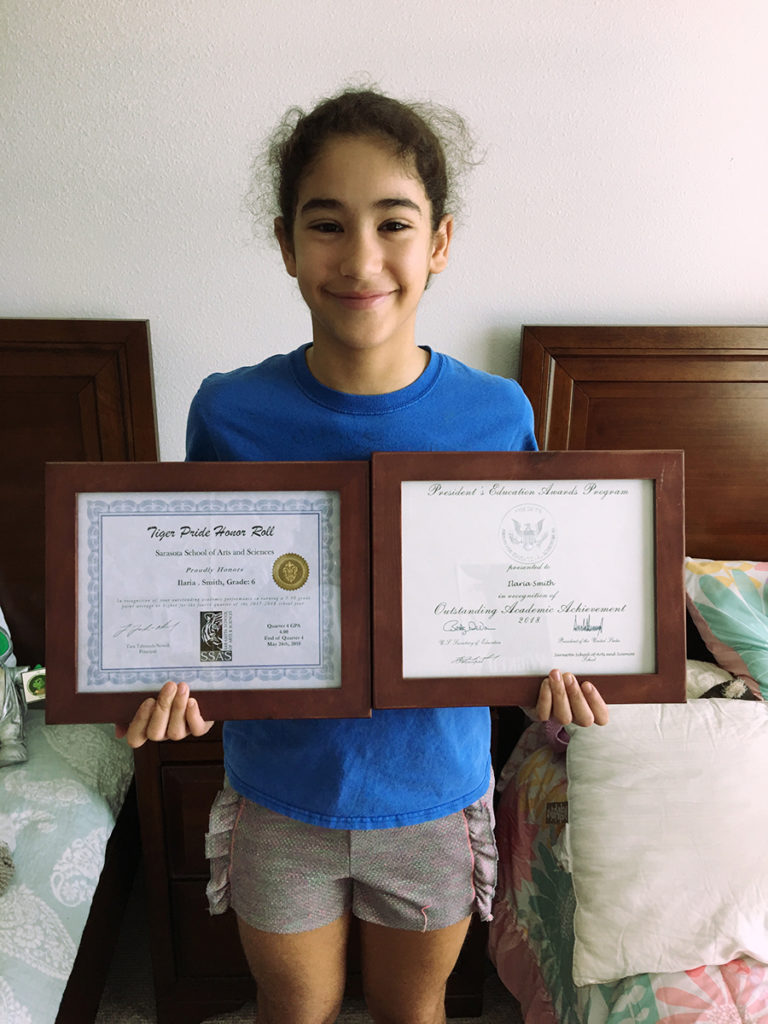Comparison Study Measuring Working Memory as Measured by Auditory Reverse Digit Spans and Classic Mode of the Simply Smarter-Memory App
by Robert J. Doman, Jr. and W. Bruce Haslam, Ph.D.
Working memory is generally defined as the ability to remember and use several pieces of information to make decisions or solve problems. Even listening to a sentence requires remembering several words until the meaning of the sentence is determined. Forward Auditory Digit Span refers to how many numbers can be heard and repeated back correctly. Forward Auditory Digit Span is considered to be a good estimate of the capability of working memory, and working memory has been shown to relate to the level of academic performance in several areas. The book Working Memory and Academic Learning, by Dehn, provides a good discussion of these points. Dehn (2008) also stated that Auditory Reverse Digit Span, repeating the numbers backwards, is a better estimate of working memory than Auditory Forward Digit Span because repeating the numbers as presented allows a person to chunk, or group, numbers to make them easier to remember, while repeating the numbers in reverse does not allow that to happen in most cases.
A study by Alloway and Alloway (2010) indicated that working memory is a better predictor of reading, spelling, and math scores than IQ is. They measured working memory in a group of 5-year-old children and compared that to reading, spelling, and math scores six years later. IQ scores were not a significant predictor of spelling, and working memory scores were better predictors in all three academic areas. They recognized the need to develop working memory in order to see gains in academic learning.
The present study was done with a group of thirty-eight people ages 5 to 60, with most between the ages of 9 and 20. Three scores were obtained, including Forward Auditory Digit Span (FADS), Reverse Auditory Digit Span (RADS), and the Simply Smarter Kids-Memory app, Classic Mode. The Simply Smarter Kids- Memory app is a fun, game-like app designed to help increase sequential processing, short-term and working memory.
The study showed a correlation of 0.89 between Reverse Auditory Digit Span (RADS) and the scores on the Simply Smarter Kids app. This correlation means that if people have high scores on one variable, they have high scores on the other variable; and if they have low scores on one variable, they have low scores on the other variable. Each person was very similar in their placement on both variables, high values with high values, low values with low values. The score on Simply Smarter Kids gives a very good indication of a person’s performance on the RADS. The mean on RADS was 4.46, and the mean on Simply Smarter Kids was 4.61.
The correlation between FADS and Simply Smarter Kids was 0.63. As expected this is a lower correlation than for the RADS, but it is still a substantial correlation. The mean on FADS was 6.13, and as expected this was higher than the mean for RADS. Finally, to round out the picture, note that the correlation between FADS and RADS was .68, a substantial relationship between performance on one and performance on the other. Scores on the Simply Smarter Kids app should give a good indication of working memory capability. It would follow that one would then surmise that increases in Simply Smarter Kids app scores should reflect an improvement in working memory.





